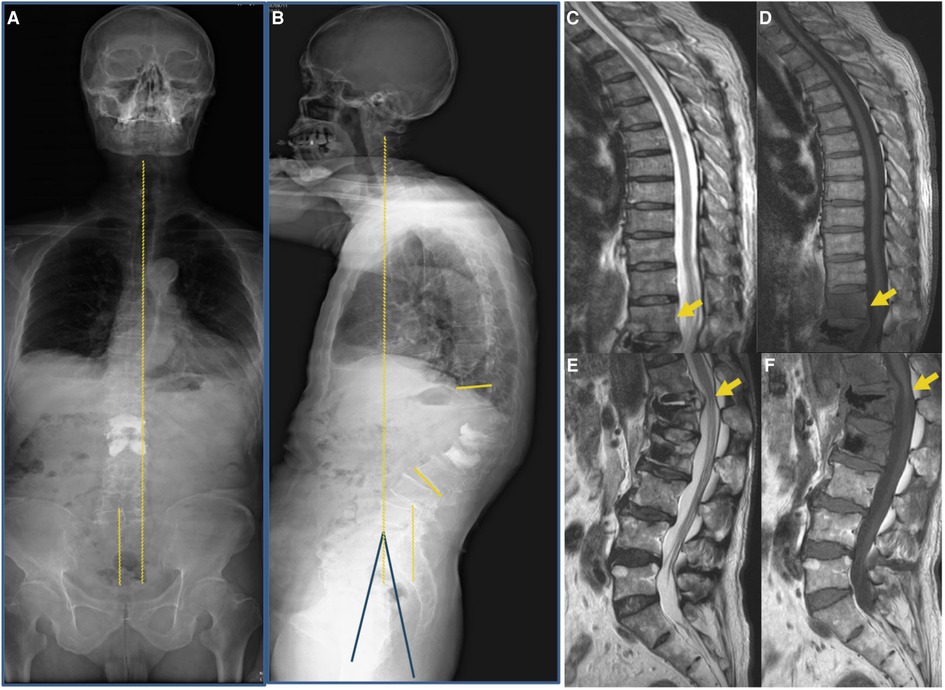Kyphosis is a condition where the spine curves in an excessive outward manner. It can be caused by a variety of conditions, including osteoporosis, degenerative disc disease, spinal trauma, and tumors. Kyphosis can be mild or severe, and in some cases can impede mobility and cause pain. Kyphosis correction surgery is often recommended for more severe cases.
The goal of kyphosis correction surgery is to reduce the curvature of the spine and relieve pain. The procedure can involve a variety of techniques, depending on the type and severity of the curvature. In some cases, a spinal fusion may be used to stabilize the spine and realign the vertebrae. Other procedures include the use of instrumentation and/or vertebral body stapling to reduce the curvature.

Image Source : Google
Before performing any surgery, a patient should consult with their doctor to discuss the risks and benefits. In most cases, kyphosis correction surgery is considered safe and effective, but as with any surgery, there are risks involved. These risks include infection, nerve damage, and blood clots.
Recovery time following kyphosis correction surgery can vary depending on the type of procedure performed. In most cases, patients can return to their normal activities within a few weeks. However, physical therapy may be necessary to help strengthen the spine and improve range of motion.
Kyphosis correction surgery can help patients with severe cases of kyphosis reduce pain and improve mobility. It is important to speak with a doctor to discuss the risks and benefits before undergoing any type of surgery. With proper care and rehabilitation, many patients can return to their normal activities and enjoy a better quality of life.
